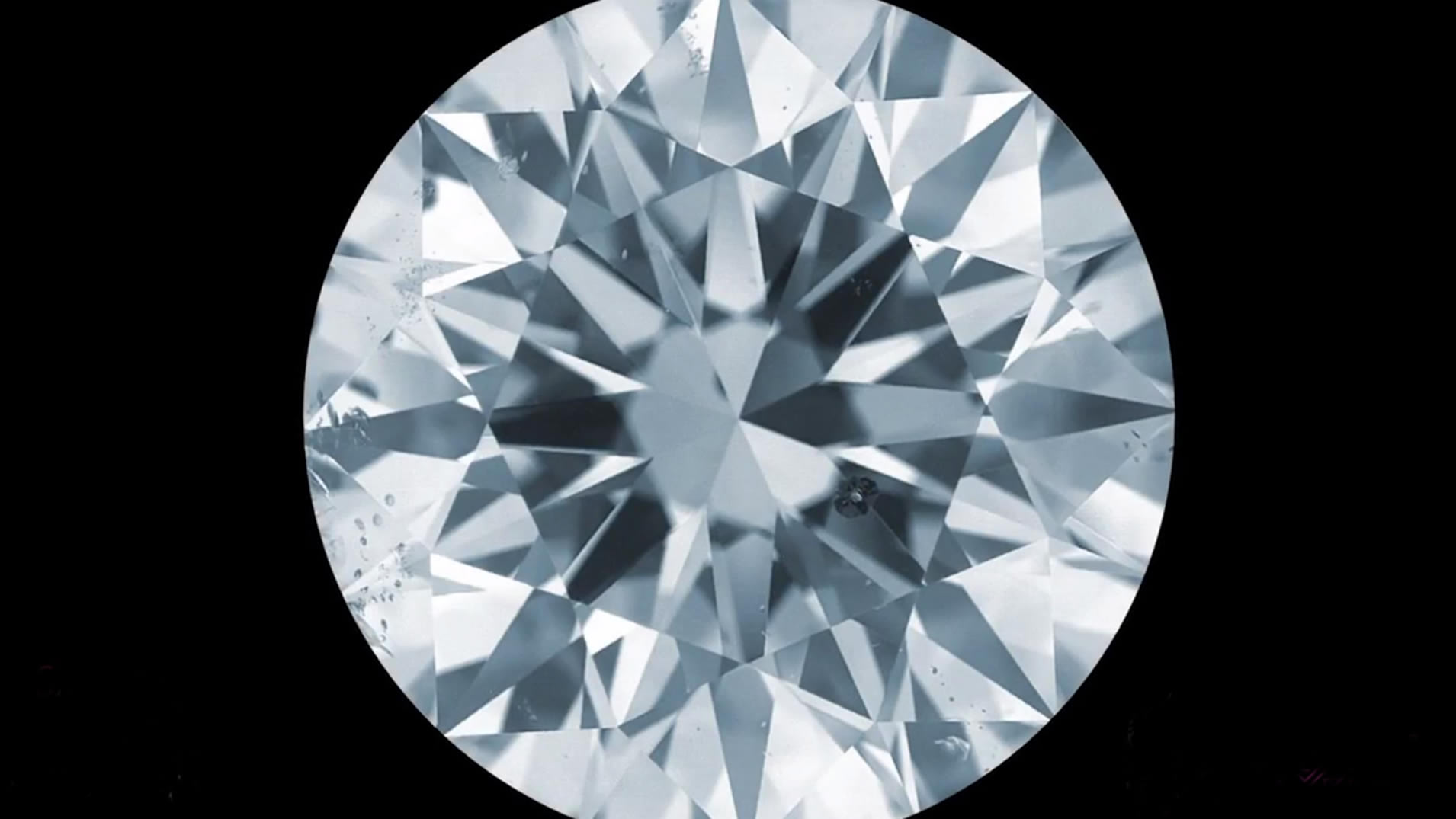Diamond grading
At Samara James, we believe diamonds should be graded by reputable and independent grading laboratories like GIA. Find out why here.
The diamond is first cleaned using a special sapphire powder to make sure that not a single speck of dust could alter any of the clarity grades. It is then weighed in carats to five decimal places. This is the first of the four C's.
The diamond is then graded for colour. Each gemmologist has a master set of diamonds that are used to compare with the diamond they are grading. The colour grade is a measure of the hue of the colour tint of the diamond. The highest grade is D, which is colourless, and the lowest is Z. The diamond is positioned face down rather than face up so the gemmologist can evaluate the body colour of the stone.
The next stage is to assess the clarity of the diamond. This is done using a microscope. The clarity grade of the stone is given by looking at the size, position, and type of inclusions within the diamond visible from above. The gemmologist will then draw an inclusion map of the diamond with a top view and a bottom view. Internal inclusions are usually shown in red with external features usually drawn in green.
The last of the four C's is cut. The diamond is scanned into a computer using a laser, and each facet is measured. The computer takes an average of the angles and, if they fall within a certain region, they are given the appropriate grade of 'cut'.
Some consumers will want to know that not only is the average correct, but also that every single facet has been cut at the perfect angle. In this case, a round brilliant diamond can be tested for Hearts and Arrows. To test for Hearts and Arrows, the diamond is placed in a viewer, and a computer runs a series of tests to check that the diamond has perfect optical symmetry.
Once the diamond has been graded for its carat weight, colour, clarity, and cut quality, the certificate can be printed with its unique reference number. The diamond can then be sealed so it cannot be tampered with before leaving the laboratory and arriving with the retailer.
Browse our older videos below. If you have a question not covered here or would like more detail, contact our expert team and we’ll happily assist you.
-



